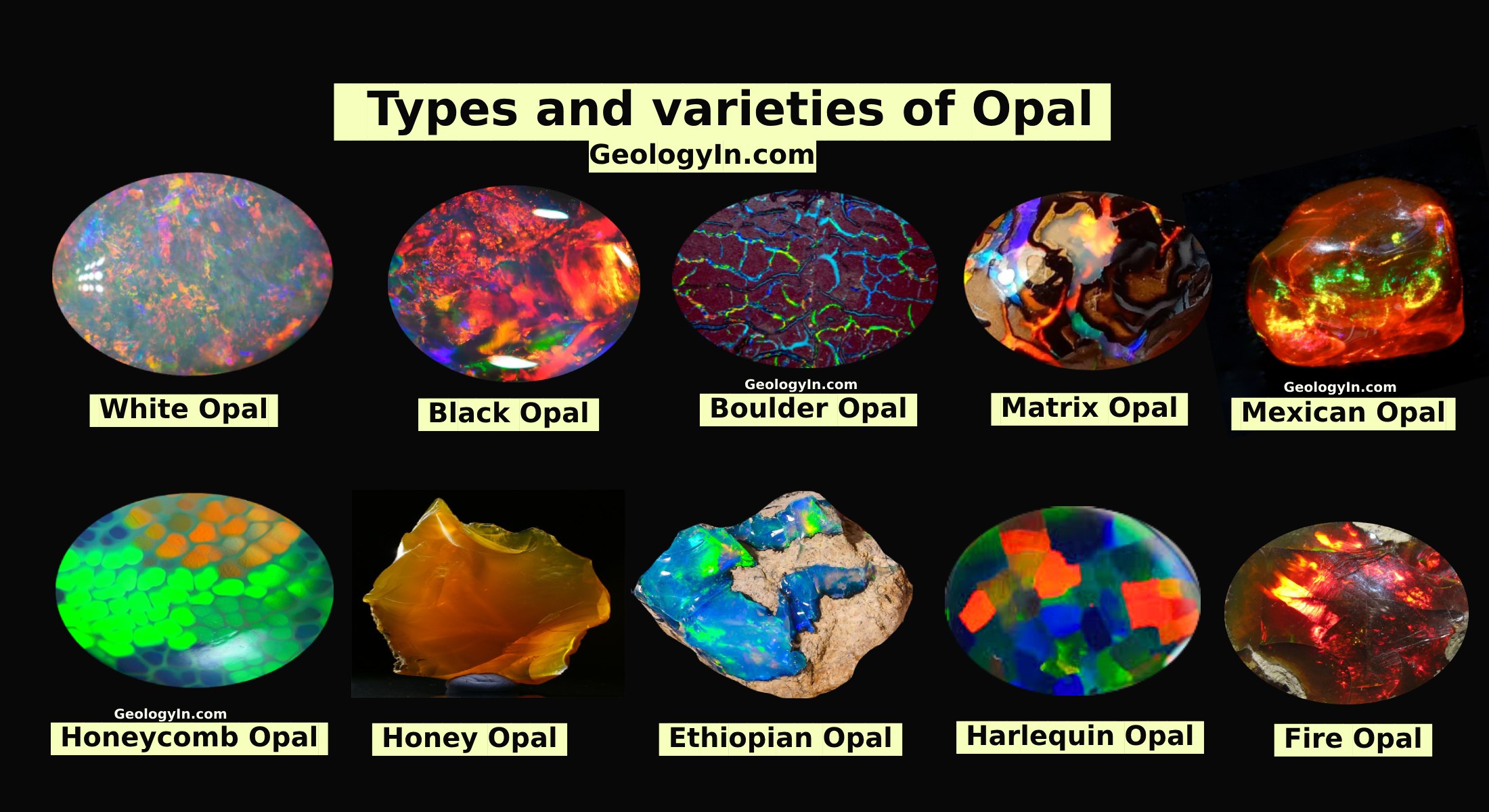How Are Waterfalls Formed?
Waterfalls are spectacular displays of the beauty and power of nature. The highest waterfall in the world is Angel Falls in Venezuela at a height of over 3000 feet. We will explore how waterfalls are formed and the processes behind such formations.
The Magnificence of Waterfalls
Waterfalls are magnificent displays of nature and have drawn the attention of people for thousands of years. They are breathtaking examples of the beauty of nature. Waterfalls are regions where the water flowing suddenly drops either over cliffs or other steep regions. Exactly how are waterfalls formed? It does not happen quickly and the process may take thousands of years.
 |
| How Are Waterfalls Formed? |
Forming Falls
Waterfalls form in rivers that are young. This is due to the channel being deep and narrow to allow for the formation of the waterfall. Generally, waterfalls form in the upper course of a river. This is where a layer of hard rock lies next to a layer of soft rock. The bedrock, as these layers are collectively known, of a river is the loose sand, soil and silt that sits underneath the river and moves quickly along with the river at steep inclines.
Waterfalls may at first start off as rapids. The river flows over the hard rock while the soft rock beneath gets eroded. The erosion of the soft rock occurs more quickly than the hard rock, and this results in the hard rock being elevated above the stream bed which sits below. The erosion process of the rocks varies with the strength and density of the rock and the pace of the flowing river.
Through a process known as abrasion, which is the erosion of rock surfaces due to friction between the rocks and moving particles carried by the river, a drop starts to develop. The vertical drop forms gradually as more and more of the soft rock gets eroded and carried downstream. Hydraulic action along with abrasion constantly keeps working to erode the softer rock and eventually a plunge pool is formed beneath the river. Gradually, the hard rock also starts getting eroded and carried downstream, which increases the size of the plunge pool.
Eventually, the river flow becomes steep enough and forms the familiar formation of a waterfall. The hard rock also breaks loose after gradual erosion and falls into the plunge pool. Here, it gets swirled around until a steep sided valley known as a gorge is formed.
As waterfalls continue to flow over long periods, they begin to retreat. This results in a horizontal pit which is parallel to the waterfall. Over a period of many years, the pit becomes larger and the waterfall is replaced by a stretch of river bed, which is inclined. Movements of the Earth's crust, such as earthquakes and volcanoes, can cause a change in the land area, which also results in the formation of waterfalls.
 |
| Formation of a waterfall |
A third way in which waterfalls can form is by the movement of glaciers. Glaciers move down valleys eroding them and making them much bigger. As a result, smaller valleys flowing into the glacier valley are left behind emptying the water that they were flowing into the air creating a waterfall.
Types of Waterfall
There are many different types of waterfalls and we will look at some of them briefly and how they are formed.
Plunge Waterfall
Plunge Waterfall - A plunge waterfall occurs when the flowing river water falls into the plunge pool without coming in contact with any rock. Plunge waterfalls take a longer time to retreat since the hard rock beneath the water does not erode as quickly.
Block or Sheet Waterfall
Block or Sheet Waterfall - A block or sheet waterfall forms when a wide river spills water over the edge thus giving it the appearance of a big sheet. This type of waterfall is much wider.
Curtain Waterfall
Curtain Waterfall - This type of waterfall also looks like a sheet but is generally higher than wider.
Horsetail Waterfall
Horsetail Waterfall - This type looks like a winding fall that is partially in contact with the rocks. As a result, the rocks will erode faster due to the constant flow of water.Punchbowl Waterfall
Punchbowl Waterfall - These waterfalls flow out of a wider river into a narrower space and then into a plunge pool. It gives the appearance of a waterfall punching through thin space and out into the open.
Nature's Beauty
Waterfalls are gorgeous and pleasing to the eye. Some popular waterfalls include the largest waterfall on Earth, which is Victoria Falls on the border of Zimbabwe and Zaire in Africa, Niagara Falls in Ontario, Canada, and Tugela Falls (South Africa), which is the world's second tallest waterfall. They are definitely worth watching and now that you know how they are formed, it will make the experience even more rewarding.


%20(1).webp)





.jpg)